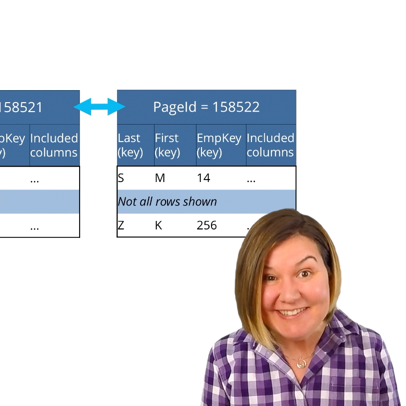Watch my live session: When Partitioning Indexes Hurts Performance (and How to Fix It)
I’m very that my session on table partitioning from the 2017 SQL PASS Summit is being featured as one of the “Best of Summit” videos.
I had a terrific time presenting this session, thanks to everyone in the audience: you were awesome!
You can watch the video here, and follow the link above to see even more great videos from the conference for free.






